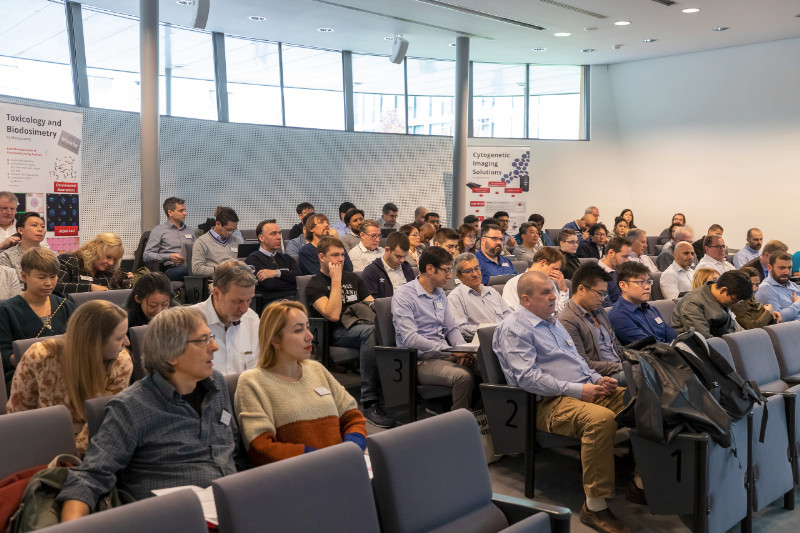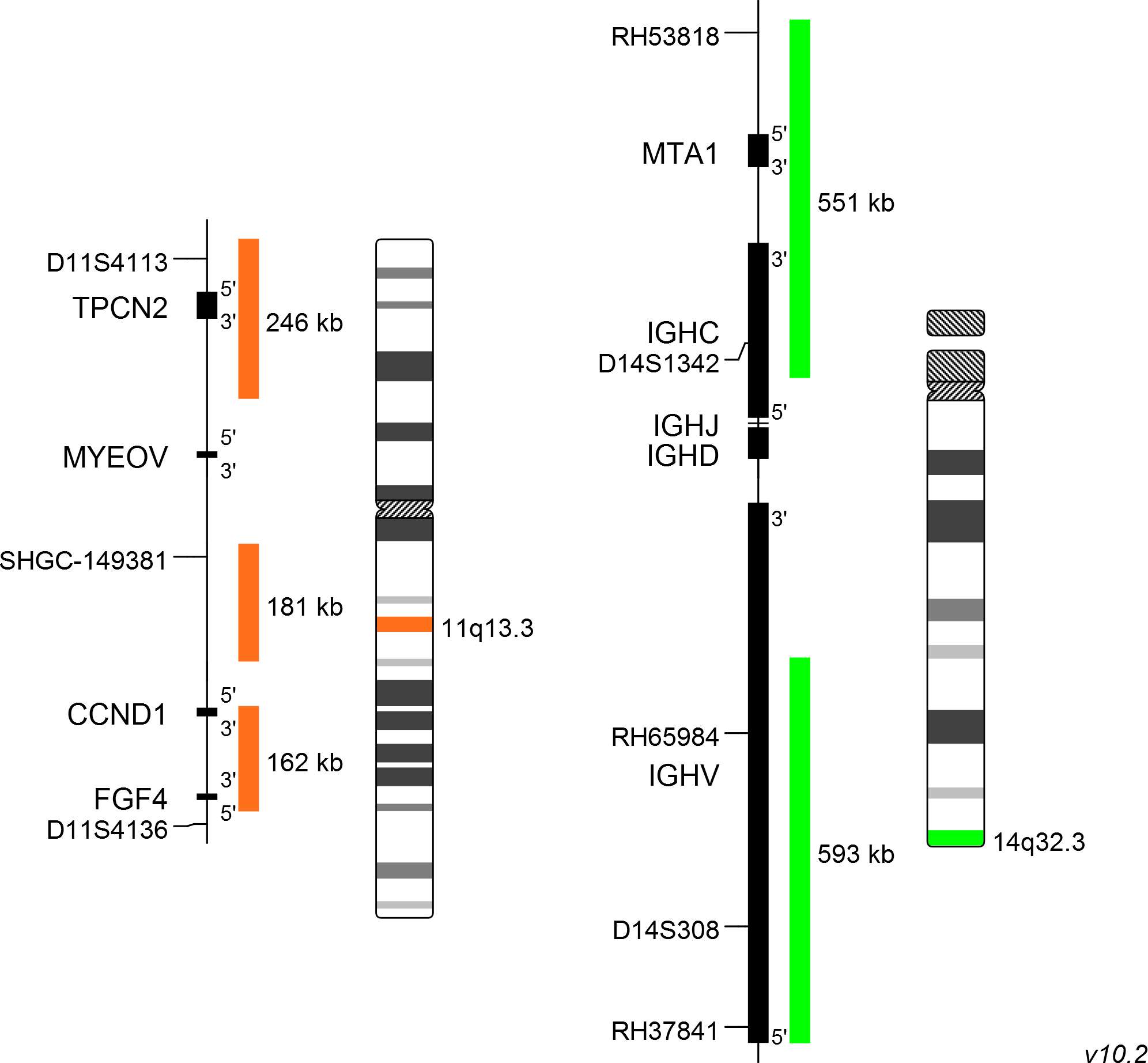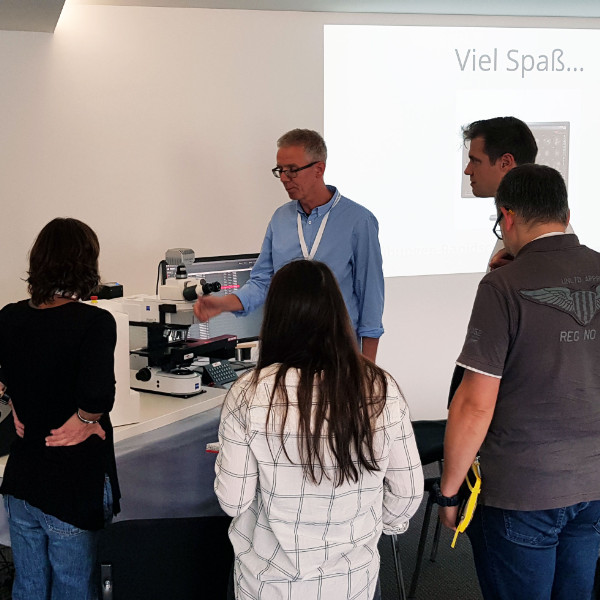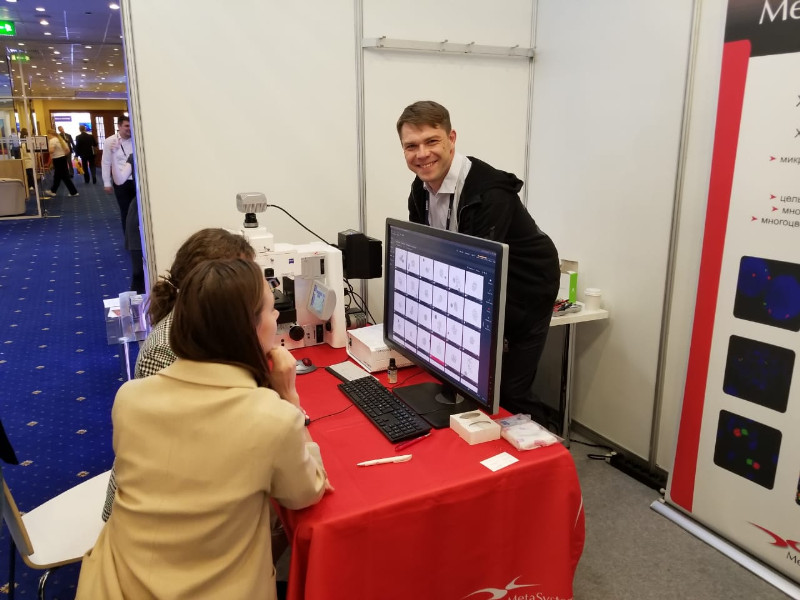About 100 guests from 36 countries met on the XVIII. MetaSystems Distributor Meeting (DM) in November to exchange experiences and to get to know new trends and developments at MetaSystems.

Our internet site may contain information that is not approved in all countries or regions. To ensure accuracy of content, please select your country/region of residence. Choose International if your country is not listed.
This information will be saved using cookies. To find out more about cookies, read our Privacy Policy.
Please select your country of residence. Choose International if your country is not listed.
Our internet site may contain information that is not approved in all countries or regions. To ensure accuracy of content, it is required that you select the site which is appropriate for your country of residence.
MetaSystems Probes has already certified a large part of its portfolio, according to IVDR. For organizational reasons, we currently provide only the IVDD product.
Discover all IVDR-certified products
XL t(11;14) MYEOV/IGH DF consists of an orange-labeled probe hybridizing to the MYEOV/CCND1 gene region at 11q13.3 and a green-labeled probe hybridizing to the IGH gene region at 14q32.3.
Probe maps are created in accordance with the intended purpose of the product. Solid colored bars do not necessarily indicate that the probe fully covers the indicated genomic region. Therefore, caution is advised when interpreting results generated through off-label use. Probe map details based on UCSC Genome Browser GRCh37/hg19. Map components not to scale. Further information is available on request.
Mantle cell lymphoma (MCL) is a B-cell non-Hodgkin lymphoma (NHL) with an aggressive clinical course. It is genetically characterized by t(11;14)(q13;q32) which is present in about 95% of MCL patients. By lower frequency, t(11;14) is also detectable in B-cell prolymphocytic leukemia, myelomas and chronic lymphocytic leukemia. The translocation induces overexpression of CCND1 which is normally not detected in B lymphocytes. CCND1 is a major player in cell cycle regulation and involved in the G1/S-phase transition. The oncogenic potential of CCND1 overexpression is related to its role in the cell cycle but also to other, non-cell cycle-related mechanisms such as increased genomic instability and cell survival. t(11;14) is considered as a primary event, often followed by secondary chromosome alterations.
In multiple myeloma (MM), t(11;14) is the most common translocation, detectable by FISH in about 15-20% of all MM patients. Conventional cytogenetics has a much lower sensitivity, detecting t(11;14) in about 5% of MM patients. MM t(11;14) patients do have a relatively favorable outcome compared to other recurrent IGH translocations.

Normal Cell:
Two green (2G) and two orange (2O) signals.

Aberrant Cell (typical results):
One green (1G), one orange (1O), and two green-orange colocalization/fusion signals (2GO) resulting from a reciprocal translocation between the relevant loci.
Certificate of Analysis (CoA)
or go to CoA DatabaseNeon, the outstanding MetaSystems case and image management system, offers many tools and helpful gadgets to streamline routine workflows, for example in cytogenetics labs. The second MetaSystems User Day, addressed to MetaSystems clients from Germany, Austria, and Switzerland, provided in different workshops knowledge helping to unleash the full power of the system.

The Congress 'Genetics of XXI Century' in Moscow, Russia (May 2019) has been one of the most important events for the professional international community of geneticists. Our partner company in Russia OOO MetaSystems considered it a good occasion to present the new camera CoolCube 4 connected to a state-of-the-art Neon system to the public.
